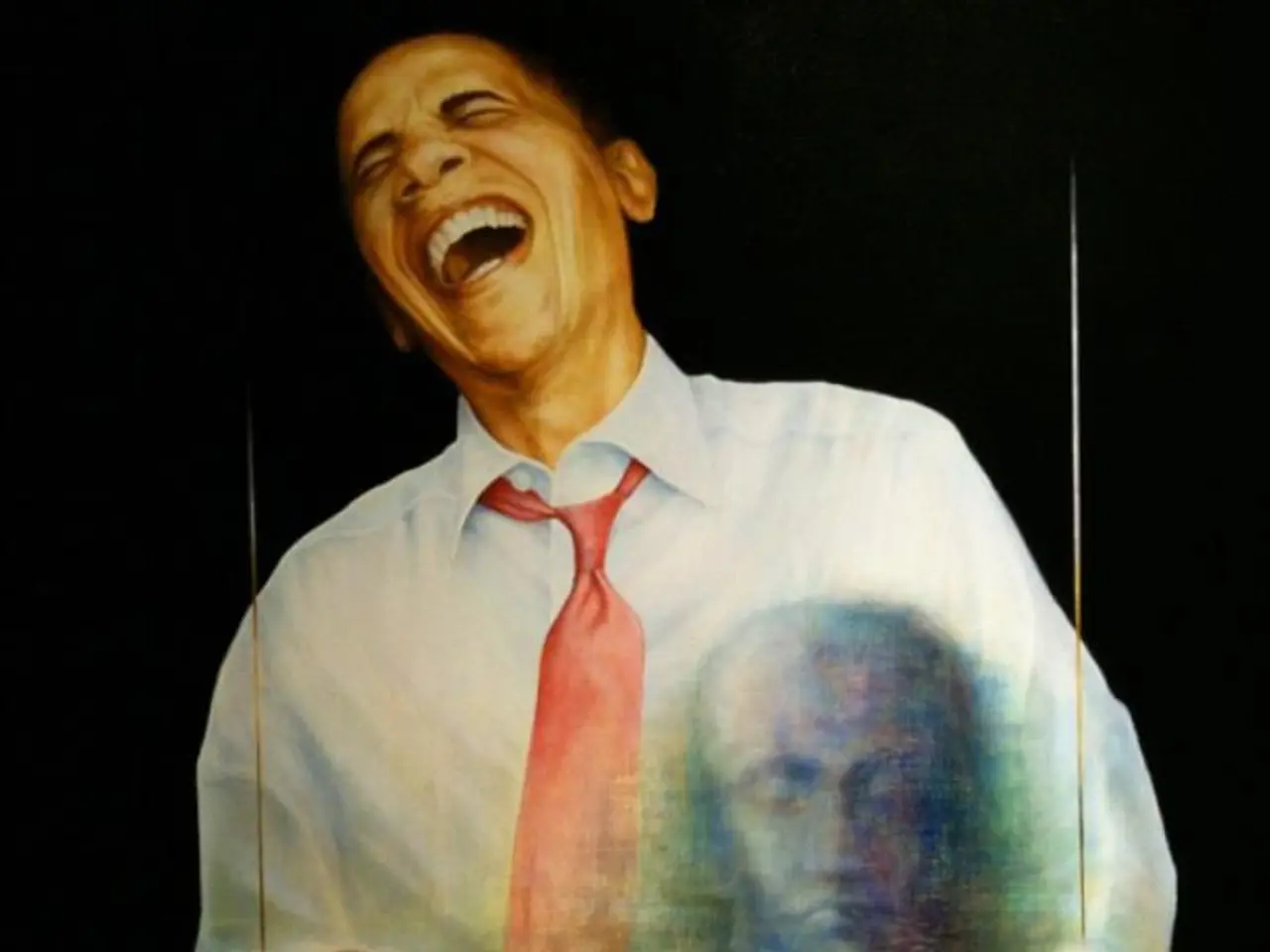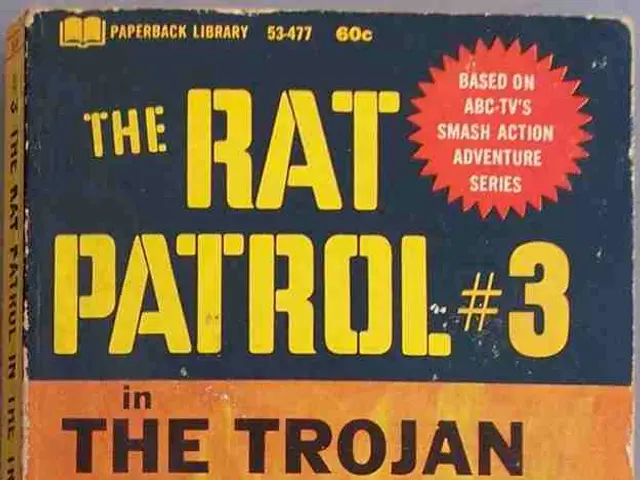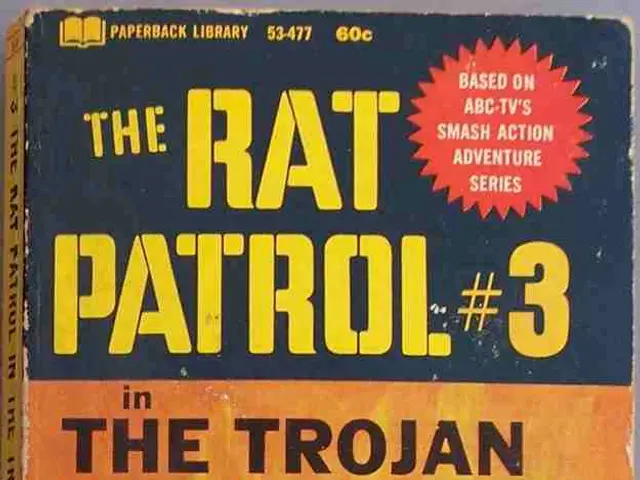Altered Realities: One Picture's Impact on Entire Scenario
In the realm of storytelling, disruptive details have proven to be a potent and transformative device, capturing the attention of audiences and deepening the emotional resonance of a narrative. These details, often subtle yet impactful, serve as a means to break the expected flow or frame of a narrative, thereby prompting a reassessment of the scene or situation and introducing new meaning or emotional depth.
The significance of a disruptive detail lies in its ability to surprise and engage the audience, interrupting their expectations and compelling them to pay closer attention. By disrupting the narrative flow, they can create emotional tension or highlight underlying themes, particularly useful in complex narratives such as trauma stories, where they can help surface repressed or fragmented memories for reinterpretation and integration into the narrative identity.
To effectively use a disruptive detail to reframe a scene, it is essential to introduce the disruption thoughtfully. This can be achieved by inserting a detail that contrasts strongly with the existing scene elements, whether through tone, imagery, or character behaviour, to create cognitive dissonance or emotional surprise. The disruptive detail should also be linked to larger themes, revealing character motivations, hidden conflicts, or symbolically commenting on the broader narrative, which helps to reorganize how the audience understands the scene.
Balancing disruption and flow is also crucial to prevent confusion or alienation of the audience. Abrupt disruptions that are jarring without purpose can harm narrative coherence. Instead, the disruption should be integrated smoothly into the scene's rhythm, allowing it to serve as a pivot point for characters or viewers to reassess the situation, creating a new frame of reference or emotional understanding.
In trauma narratives, disruptive details can be used to represent fragmented or repressed memories. Reframing traumatic events through disruptive narrative elements helps individuals process emotions and reorganize memories into a coherent, meaningful story, facilitating healing.
In summary, a disruptive detail is a powerful storytelling device that can interrupt and transform the viewer’s or reader’s perspective, making a scene more compelling and meaningful. When used with intention and care, it reshapes the narrative experience by challenging assumptions and inviting deeper reflection. Some of the most unforgettable storytelling happens in the margins, through a single image or object that unsettles and deepens the story.
In the realms of scriptwriting, disruptive elements from science and education-and-self-development can serve as powerful devices, challenging our perceptions and enriching narratives. For instance, a character may stumble upon a scientific breakthrough in health-and-wellness that impacts their mental-health, or they might engage in an unexpected cooking class, revealing aspects of personal-growth.
Similarly, disruptive details can be introduced in lifestyle narratives, infusing food-and-drink scenes with unusual twists. A character could, for example, find solace and self-discovery through mastering an obscure culinary technique or integrating an exotic ingredient into their diet.
Moreover, scenes depicting vulnerable moments in health-and-wellness narratives can benefit from disruptive elements. Like how a specific image or object could symbolically represent the fragmented pieces of a character's mental-health journey, offering a glimmer of hope for reassembly and healing.
By tactfully employing disruptive details, storytellers can mirroring the process of personal-growth and mental-health recovery, interweaving elements of food-and-drink, science, and education-and-self-development into the narrative fabric for a transformative experience.




